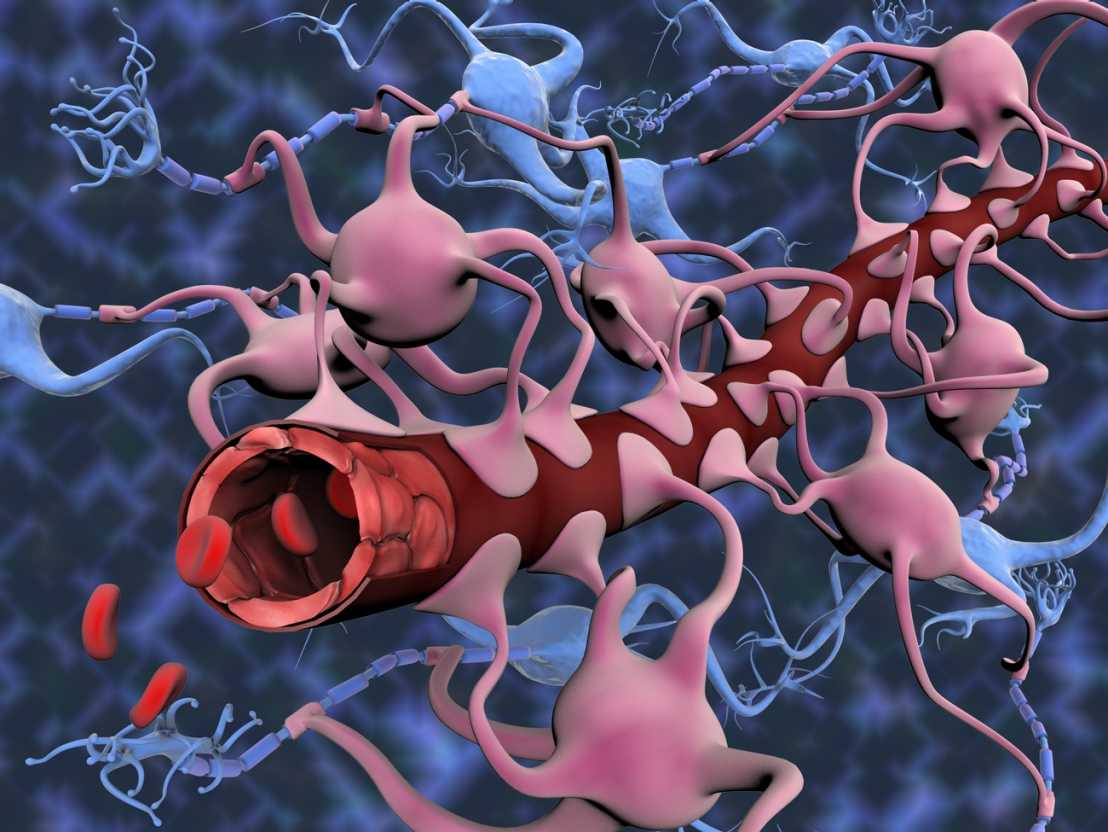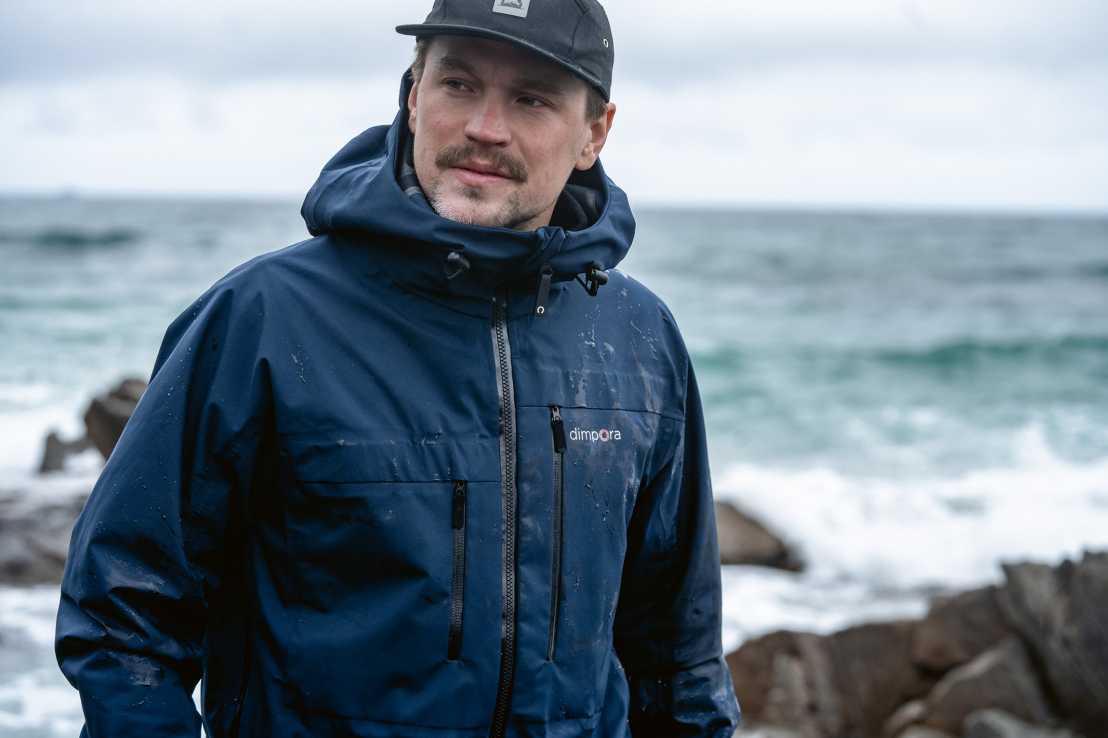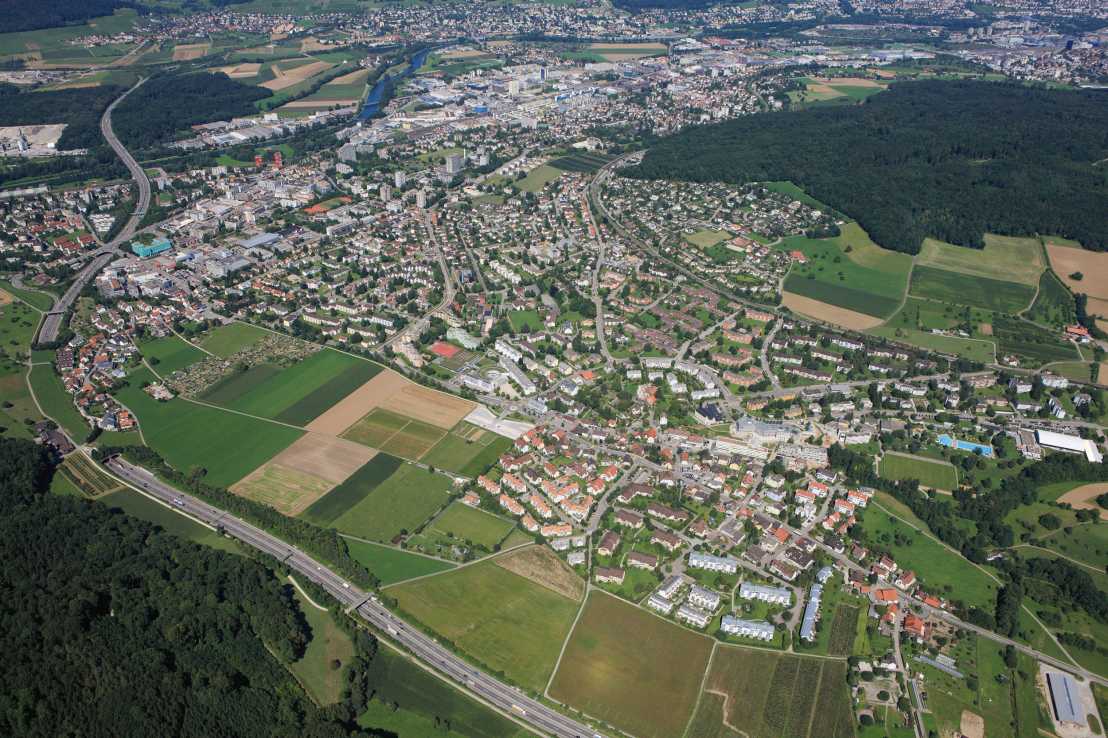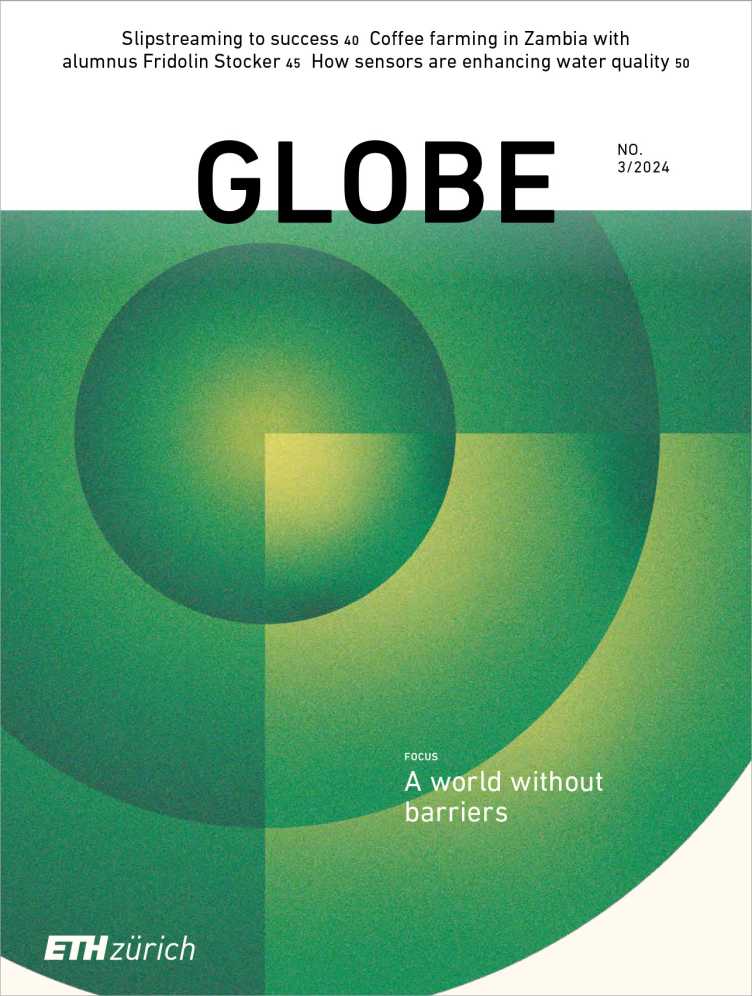From cell partitions to dams: These barriers are being investigated by ETH researchers
Research areas at ETH Zurich span barriers in a wide variety of fields, including cell biology, drug delivery and spatial planning. Below, we look at examples from six different disciplines.

Predicting dam failure
Back in 2019, the collapse of a tailings dam at the Brumadinho iron ore mine in Brazil triggered a huge mudslide with catastrophic consequences for the environment and local population. For a long time, the causes of this dam failure were something of a mystery. After all, it had been some years since the pond behind the dam had been topped up with any new tailings, as the slurry of fine residues from ore processing are called. Eventually, however, ETH researchers were able to identify a physical mechanism and other factors that might explain the dam failure. Their model showed how initially small and insignificant slip surfaces in the tailings expanded horizontally over time. As a result, the layers of tailings began to move, causing the dam to collapse under their weight. Predicting failures of this kind is impossible with conventional monitoring systems. This new model therefore offers a useful addition to risk assessment procedures for tailings dams.
Vital protection

The skin provides an essential barrier, protecting the body against water loss and preventing the entry of allergens and pathogens. Injuries or disorders that compromise the integrity of this barrier could therefore have serious medical implications. Launched in 2016, Skintegrity is a major interdisciplinary project pursuing cutting-edge research into the skin and skin disorders. It brings together experts seeking to develop new methods for the diagnosis and treatment of wounds, inflammation and skin disorders. Skintegrity also provides training for scientists, doctors and engineers keen to apply this new knowledge. Originally named a flagship project of the Hochschulmedizin partnership in 2016, Skintegrity was elevated to a national research initiative in 2020.
Hope for brain disorders

Neurological disorders such as depression, anxiety and epilepsy often have their origin in particular regions of the brain. As a rule, such areas cannot be treated with non-invasive methods such as medication. Now, however, ETH professor Mehmet Fatih Yanik and his team have developed a new technique that enables targeted drug delivery to specific parts of the brain. Using focused ultrasound, drugs are transported to the brain, via the blood, by means of biological carriers. Once released from these carriers, the drugs cross the blood-brain barrier without compromising the vital defence it provides against toxins and pathogens. This new method may lead to a breakthrough in treating neurological disorders.
The cell as a computer
In future, it should be possible to retrofit human cells with an artificial genetic programme that works in much the same way as an electronic switch. Cells reprogrammed in this way could then undertake vital biomedical tasks in our body – for instance, modified immune cells could be harnessed to destroy tumour cells. Since tumour cells have different genetic characteristics, such a programme would have to stipulate: “Destroy a cell if it is of type X or Y or Z.” In mathematics and electronics, this operation is effected by means of an OR gate. Cells programmed in this way will be used primarily for medical diagnostics and therapy. ETH researchers at the Department of Biosystems Science and Engineering already made some initial advances with human cells of this type back in 2021.
Non-toxic membrane

Much outdoor wear features a breathable, waterproof membrane. This has tiny pores that are permeable to the vapour droplets produced from sweat but not to the much larger droplets of rain. Many of these membranes contain hazardous fluorine compounds that are harmful to health and the environment. To Mario Stucki, this was a problem that needed solving. While studying at ETH, he came up with an eco-friendly membrane that is free of fluorine compounds. The inspiration came during his Master’s thesis, which he completed as a member of the research group led by Wendelin Stark, Professor of Functional Materials Engineering. He followed up this idea in his doctorate and later as a commercial project, which resulted in the ETH spin-off Dimpora, set up in partnership with Anna Beltzung. Their latest development is a membrane based on castor oil in place of crude oil.
Curbing urban sprawl

The construction of new housing in Switzerland continues to carve up the countryside and pave it with impermeable surfaces. As well as increasing the volume of traffic, this ballooning urban sprawl also throws up insurmountable barriers to animal and plant life. To arrive at a sustainable approach to spatial and landscape planning – not least for the benefit of future generations – it is vital to find a balance between economic, environmental and social considerations, the three key factors in this field. At ETH Zurich, the Institute for Spatial and Landscape Development now has three research groups looking at the increasingly complex interplay between these aspects. A deeper understanding of this problem will help identify a sustainable strategy for curbing urban sprawl and excessive traffic in built-up areas.

Comments
No comments yet